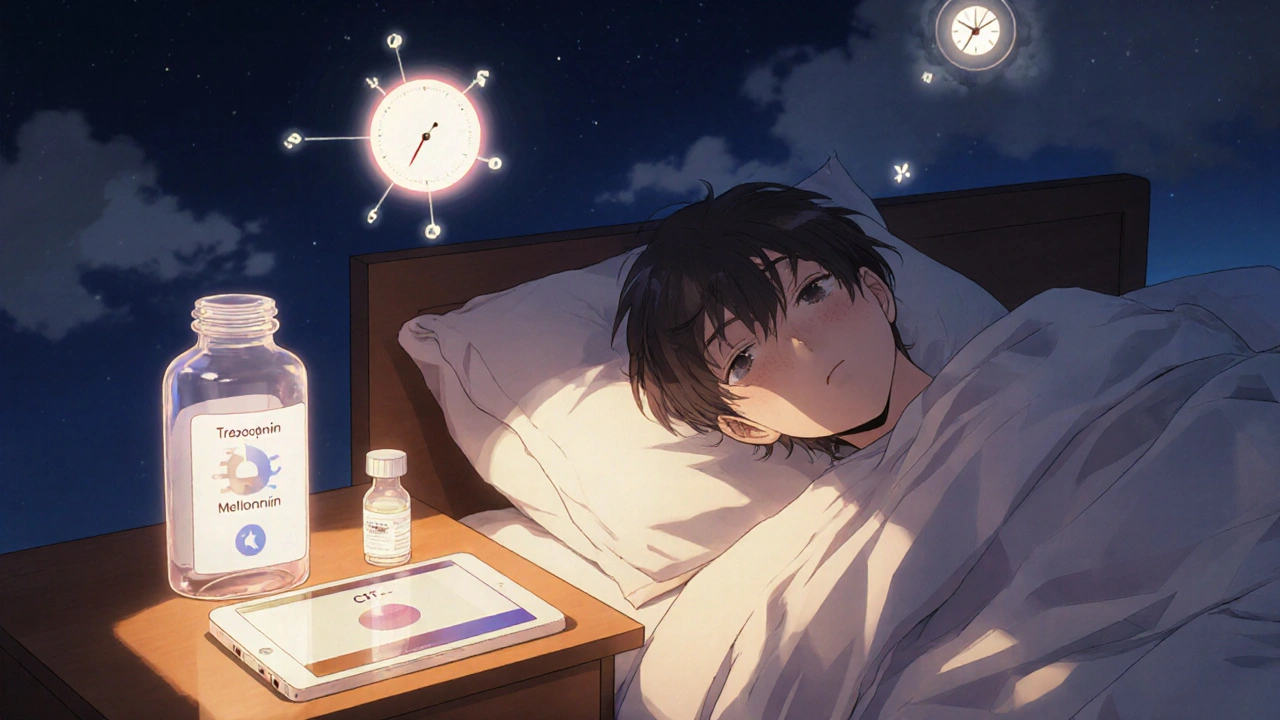Trazodone: What It Is, How It Works, and What You Need to Know
When you hear Trazodone, a serotonin modulator used primarily for depression and insomnia. Also known as Desyrel, it’s one of those medications that gets prescribed for reasons you might not expect—like helping you sleep, even if you’re not clinically depressed. Unlike SSRIs that boost serotonin across the board, Trazodone works more like a targeted switch: it blocks certain serotonin receptors while letting others stay active. This makes it useful for people who struggle with sleep but can’t tolerate the jitteriness or sexual side effects of other antidepressants.
It’s not FDA-approved as a sleep aid, but doctors use it that way all the time. Why? Because it makes you drowsy without the addiction risk of benzodiazepines or the grogginess of older sedatives. People with chronic insomnia, especially those also dealing with anxiety or depression, often find Trazodone works better than melatonin or over-the-counter options. But it’s not magic—some users report dizziness, dry mouth, or next-day fatigue. And if you’re taking other meds that affect serotonin—like SSRIs, SNRIs, or even certain painkillers—there’s a risk of serotonin syndrome, a rare but serious reaction.
It also shows up in off-label use for things like PTSD-related nightmares, agitation in dementia, and even migraine prevention. But don’t assume it’s safe just because it’s common. The dose for sleep is usually much lower than for depression—sometimes as little as 25mg at bedtime. That’s why switching from one brand to generic, or changing your timing, can make a big difference in how you feel the next day. And if you’ve been taking it for weeks, don’t just stop. Tapering matters, even with a drug that’s not considered addictive.
What you’ll find in the posts below isn’t a list of generic facts. It’s real-world insight from people who’ve used Trazodone alongside other meds, tracked their sleep patterns, dealt with side effects, or switched to alternatives after it stopped working. Some posts compare it to other sleep-focused antidepressants. Others dig into how it interacts with common pain relievers or heart medications. There’s even a guide on what to do if you miss a dose or accidentally take too much. These aren’t theoretical discussions—they’re stories from real users and clinicians who’ve seen what works and what doesn’t.

